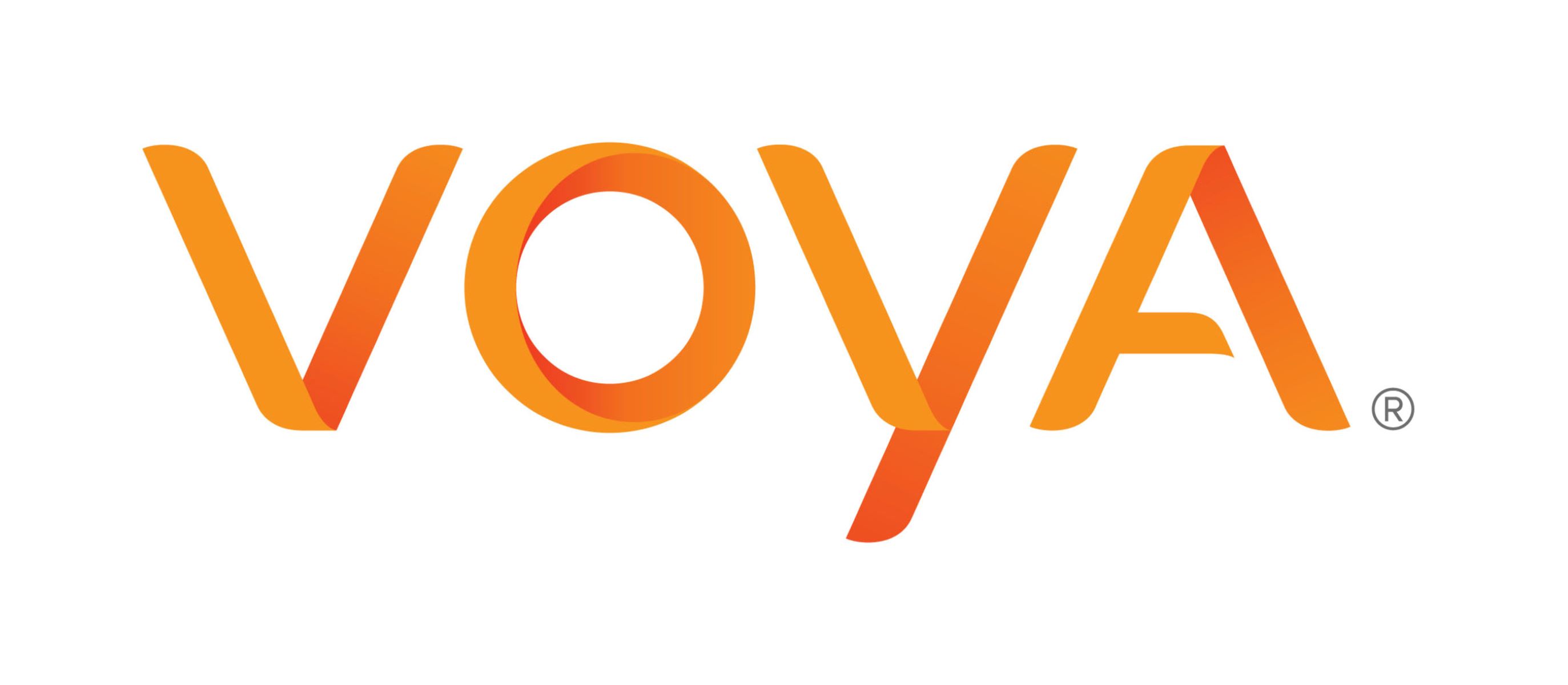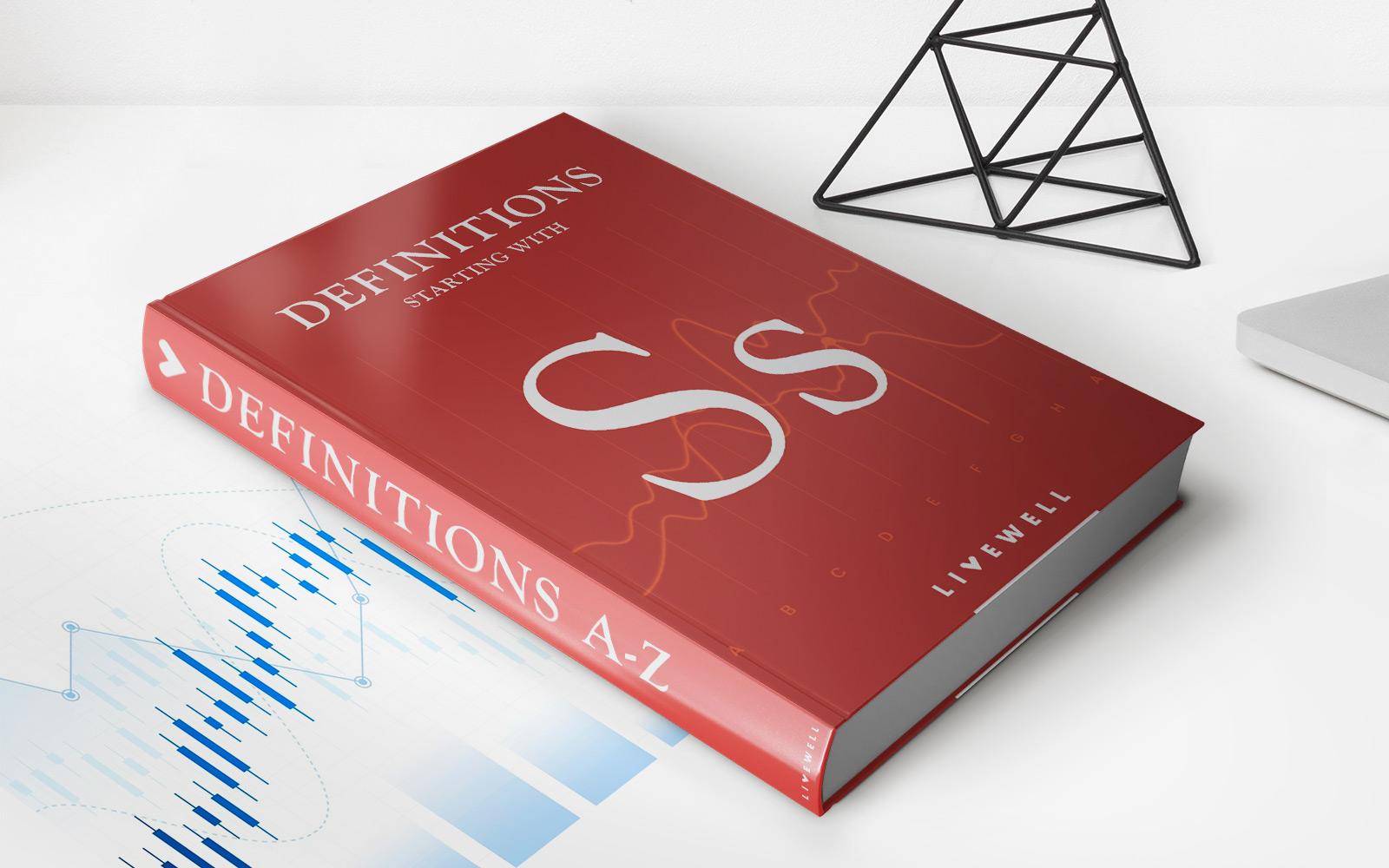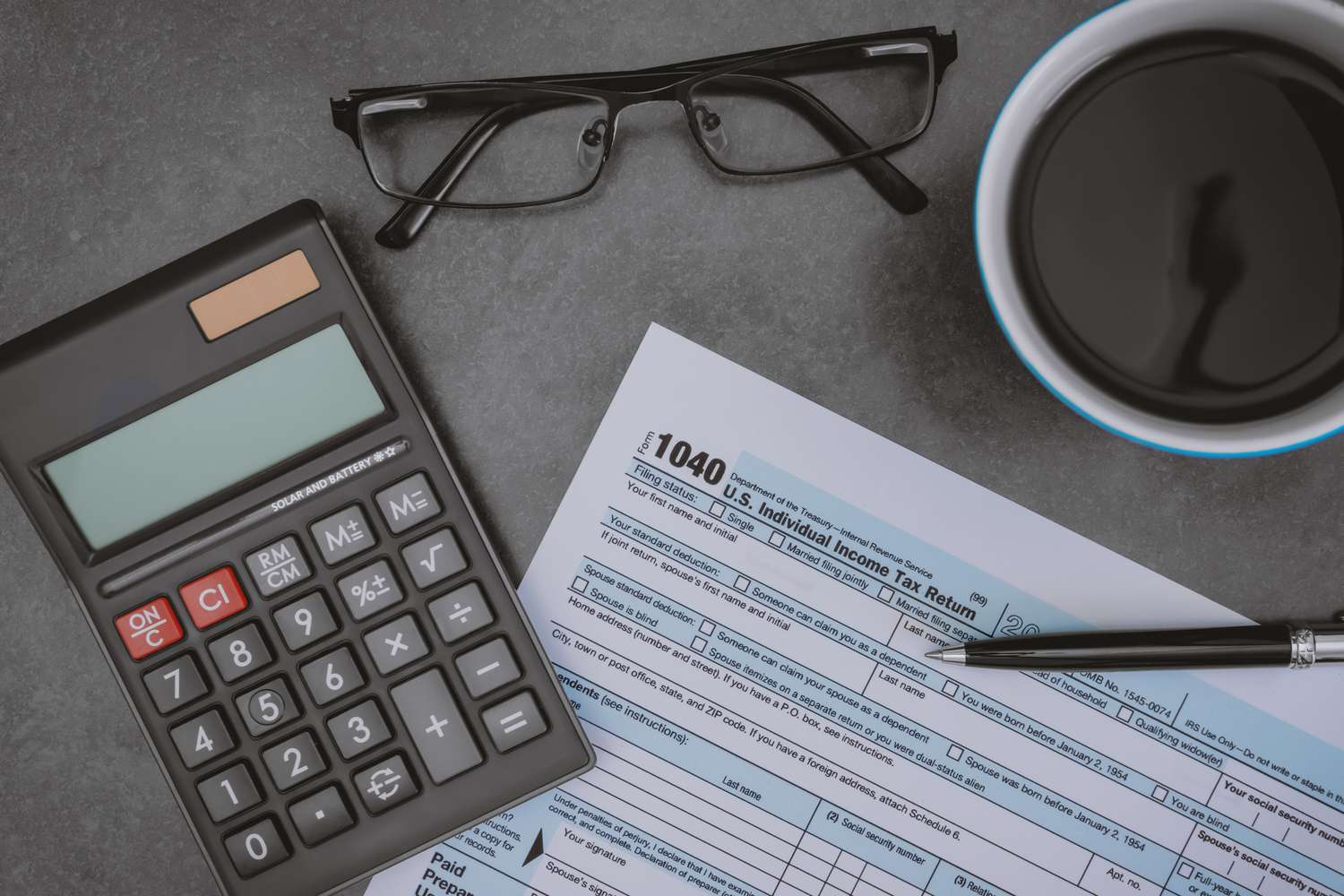

Finance
How To Withdraw Money From Prudential 401K
Modified: December 30, 2023
Learn how to withdraw funds from your Prudential 401K and manage your finances effectively. Gain control over your retirement savings with expert financial guidance.
(Many of the links in this article redirect to a specific reviewed product. Your purchase of these products through affiliate links helps to generate commission for LiveWell, at no extra cost. Learn more)
Table of Contents
Introduction
When it comes to retirement planning, a Prudential 401K is a popular choice for many individuals. A 401K is a retirement savings plan sponsored by an employer that allows employees to contribute a portion of their income before taxes are taken out. The funds in a 401K account grow tax-deferred until withdrawn, typically in retirement.
However, there may come a time when you need to withdraw money from your Prudential 401K before retirement. It is important to understand the process and implications of making early withdrawals to ensure you make informed decisions and maximize your financial security.
In this article, we will explore the various aspects of withdrawing money from a Prudential 401K, including eligibility requirements, types of withdrawals, the withdrawal process, tax implications, penalties for early withdrawals, and considerations before making a withdrawal. We will also discuss alternative options to withdrawing from your 401K.
It is crucial to note that withdrawing money from your 401K should be approached with caution, as it can have a significant impact on your long-term financial well-being. Therefore, it is essential to carefully consider the potential consequences and consult with a financial advisor if needed.
Now, let’s delve into the details of withdrawing money from your Prudential 401K account.
Understanding Prudential 401K Withdrawals
Before diving into the withdrawal process, it is crucial to have a clear understanding of how Prudential 401K withdrawals work.
When you contribute to a Prudential 401K, the money is invested in a variety of financial instruments such as stocks, bonds, and mutual funds. These investments grow over time, allowing your retirement savings to potentially increase. However, accessing these funds before reaching retirement age can be a complex and regulated process.
Generally, you can make withdrawals from your Prudential 401K account once you reach the age of 59 ½. This is known as the “RMD” or Required Minimum Distribution age. At this point, the funds in your 401K account become eligible to be distributed without incurring any early withdrawal penalties.
However, there are certain exceptions to this rule. For instance, if you retire or separate from your employer after turning 55 but before reaching 59 ½, you may be able to withdraw funds without incurring early withdrawal penalties. Additionally, there are specific circumstances, such as disability or financial hardship, which may qualify you for early withdrawals.
It is essential to note that withdrawals from a 401K are subject to income tax. When you withdraw funds, they are treated as ordinary income and are included in your taxable income for the year in which you make the withdrawal. This means that you will need to report the withdrawal on your tax return and may owe taxes on the amount withdrawn.
Furthermore, it is important to carefully consider the impact of making a withdrawal on your long-term retirement savings. Withdrawing funds can significantly reduce the amount of money available for growth, potentially jeopardizing your financial security in retirement.
Now that we have a basic understanding of Prudential 401K withdrawals, let’s explore the eligibility requirements for making withdrawals.
Eligibility for Withdrawals
In order to make withdrawals from your Prudential 401K account, you must meet certain eligibility criteria. These criteria vary based on the type of withdrawal you are considering. Let’s explore the different eligibility requirements:
1. Normal Retirement Age:
To make penalty-free withdrawals from your Prudential 401K, you must typically reach the age of 59 ½. This age is commonly referred to as the Normal Retirement Age (NRA) and is determined by the Internal Revenue Service (IRS). If you withdraw funds before reaching this age, you may be subject to early withdrawal penalties.
2. Separation from Service:
If you separate from your employer after reaching the age of 55 but before reaching 59 ½, you may qualify for penalty-free withdrawals. This provision enables individuals who retire early or leave their job to access their 401K funds without incurring early withdrawal penalties.
3. Financial Hardship:
In certain circumstances, you may be eligible to make a withdrawal from your Prudential 401K account due to financial hardship. The IRS provides specific guidelines outlining what qualifies as a financial hardship, such as medical expenses, tuition fees, preventing eviction or foreclosure, or funeral expenses. However, it is crucial to note that withdrawals made under financial hardship are subject to taxes and potential early withdrawal penalties.
4. Disability:
If you become permanently disabled, you may be eligible to make early withdrawals from your Prudential 401K without incurring penalties. The IRS defines disability as being unable to engage in any substantial gainful activity due to a mental or physical impairment that is expected to last for an extended period or result in death.
5. Required Minimum Distributions (RMDs):
Once you reach the age of 72 (70 ½ for individuals born before July 1, 1949), the IRS requires you to start taking Minimum Required Distributions (MRDs) from your retirement accounts, including your Prudential 401K. Failure to withdraw the required minimum amount can result in significant penalties.
It is important to consult with your plan administrator or a financial advisor to determine your eligibility for withdrawals based on your specific circumstances. They can provide guidance and help you navigate the complex rules and regulations surrounding Prudential 401K withdrawals.
Now that we understand the eligibility requirements, let’s explore the different types of withdrawals you can make from your Prudential 401K account.
Types of Withdrawals
When it comes to withdrawing funds from your Prudential 401K account, there are different types of withdrawals to consider, depending on your specific needs and circumstances. Let’s explore the main types of withdrawals:
1. Lump-Sum Withdrawal:
A lump-sum withdrawal involves taking the entire amount of your Prudential 401K balance as a one-time payment. This option gives you immediate access to your funds, but it is important to carefully consider the tax implications and potential impact on your long-term retirement savings.
2. Partial Withdrawal:
If you don’t need to withdraw the entire balance of your Prudential 401K, you may opt for a partial withdrawal. This allows you to withdraw a specific amount or percentage of your account balance, leaving the remaining funds to continue growing tax-deferred.
3. Periodic or Systematic Withdrawal:
A periodic or systematic withdrawal involves setting up regular distributions from your Prudential 401K account. This could be monthly, quarterly, or annually, providing a steady stream of income during retirement. It offers the advantage of consistent income while potentially maintaining the growth potential of the remaining funds.
4. Rollover to IRA:
If you prefer to move your funds out of your Prudential 401K account, you may consider a rollover to an Individual Retirement Account (IRA). This option allows you to transfer your funds into a self-directed IRA, providing you with more investment options and potential tax advantages. It is important to follow the proper rollover procedures to avoid potential tax implications and penalties.
5. In-Service Withdrawal:
Depending on your employer’s plan, you may be eligible for an in-service withdrawal. This allows you to make withdrawals from your Prudential 401K account even if you are still actively employed. However, it is important to note that in-service withdrawals may have restrictions and potential tax implications.
It is important to carefully consider your financial needs and future goals when choosing the type of withdrawal. Consulting with a financial advisor can help you make an informed decision that aligns with your specific circumstances.
Now that we understand the different types of withdrawals, let’s explore the withdrawal process for Prudential 401K accounts.
Withdrawal Process
Withdrawing money from your Prudential 401K account involves following a specific process to ensure a smooth and efficient transaction. Let’s dive into the steps involved in the withdrawal process:
1. Review your Plan Document:
The first step is to carefully review your Prudential 401K plan document to understand the rules and regulations regarding withdrawals. The plan document will outline the specific procedures, forms, and requirements for making a withdrawal.
2. Determine your Eligibility:
Based on your age, employment status, and circumstances, determine if you meet the eligibility requirements for making a withdrawal from your Prudential 401K account. Consider factors such as your age, financial need, and potential tax implications.
3. Contact your Plan Administrator:
Contact your plan administrator, typically your employer’s Human Resources department or a designated representative. They will provide you with the necessary forms and guide you through the withdrawal process. Be prepared to provide documentation or proofs, depending on the type of withdrawal you are making.
4. Complete the Withdrawal Form:
Fill out the withdrawal form provided by your plan administrator. The form will require detailed information, such as your personal information, desired withdrawal amount, and the type of withdrawal you are requesting. Review the form thoroughly and ensure all information is accurate and complete.
5. Submit the Withdrawal Form:
Once you have completed the withdrawal form, submit it to your plan administrator according to their specified instructions. Ensure that you keep a copy of the form for your records.
6. Await Confirmation and Processing:
After submitting the withdrawal form, your plan administrator will review and process your request. This may take some time, as they need to verify your eligibility and calculate the withdrawal amount based on the chosen withdrawal option.
7. Receive the Funds:
Once your withdrawal request is approved and processed, you will receive the funds from your Prudential 401K account. The funds may be distributed through a check, direct deposit to a bank account, or transferred to another eligible retirement account if you have chosen a rollover option.
It is important to note that the withdrawal process and timeline may vary depending on your specific plan and the type of withdrawal requested. It is recommended to communicate with your plan administrator throughout the process to stay informed and address any questions or concerns that may arise.
Now that we understand the withdrawal process, let’s explore the tax implications associated with Prudential 401K withdrawals.
Tax Implications of 401K Withdrawals
When considering withdrawing funds from your Prudential 401K account, it is crucial to understand the tax implications associated with these withdrawals. Let’s explore the key tax considerations:
1. Income Tax:
Withdrawals from your Prudential 401K account are generally subject to income tax. The funds you withdraw are treated as ordinary income and added to your taxable income for the year in which the withdrawal is made. This means that you will need to report the withdrawal amount on your annual tax return and pay taxes at your applicable income tax rate.
2. Withholding:
When you make a withdrawal from your Prudential 401K account, your plan administrator is required to withhold a certain percentage of the distribution as a prepayment of income taxes. The withholding amount is determined by the IRS guidelines and takes into account your age and the amount of the withdrawal.
3. Early Withdrawal Penalties:
If you withdraw funds from your Prudential 401K before reaching the age of 59 ½, you may be subject to early withdrawal penalties. In addition to income tax, the IRS imposes a 10% penalty on the amount withdrawn as a deterrent to early withdrawals. There are certain exceptions to this penalty, such as disability, financial hardship, or separation from service after reaching the age of 55.
4. Rollover Options:
If you choose to roll over your Prudential 401K funds into an IRA or another eligible retirement account instead of withdrawing them, the tax implications may be different. A direct rollover allows you to transfer the funds without incurring taxes or penalties. However, it is important to follow the proper rollover procedures to maintain the tax-deferred nature of the funds.
5. Roth 401K Considerations:
If you have contributed to a Roth 401K account, the tax implications may vary when making withdrawals. Roth 401K withdrawals are generally tax-free if certain requirements are met, such as reaching the age of 59 ½ and having the Roth account open for at least five years. However, it is essential to consult with a tax advisor to understand the specific rules and implications of Roth 401K withdrawals.
Understanding the tax implications of 401K withdrawals is crucial for making informed decisions and avoiding unexpected tax liabilities. It is recommended to consult with a tax professional or financial advisor to assess your specific situation and accurately estimate the potential tax consequences.
Next, let’s delve into the penalties for early withdrawals from your Prudential 401K account.
Penalties for Early Withdrawals
Early withdrawals from your Prudential 401K account can result in penalties imposed by the Internal Revenue Service (IRS). These penalties are designed to discourage individuals from withdrawing funds before reaching the designated retirement age. Let’s explore the penalties associated with early withdrawals:
1. Early Withdrawal Penalty:
The primary penalty for early withdrawals is a 10% additional tax imposed by the IRS. This penalty is calculated on the amount withdrawn and is in addition to the regular income tax you owe on the distribution. The early withdrawal penalty is intended to discourage individuals from tapping into their retirement savings before they reach the age of 59 ½.
2. Exceptions to the Penalty:
While the 10% early withdrawal penalty is the general rule for early withdrawals, there are some exceptions where the penalty may be waived. These exceptions include:
- Reaching age 59 ½: Once you reach this age, you can withdraw from your Prudential 401K without incurring the early withdrawal penalty.
- Separation from Service: If you separate from your employer after turning 55 but before turning 59 ½, you may avoid the early withdrawal penalty.
- Financial Hardship: Under certain circumstances, such as significant medical expenses or preventing eviction, you may qualify for a penalty-free withdrawal due to financial hardship. However, you may still owe income taxes on the amount withdrawn.
- Disability: If you become permanently disabled as defined by the IRS, you may be exempt from the early withdrawal penalty.
- Qualified Domestic Relations Order (QDRO): In cases of divorce or legal separation, a QDRO may allow for penalty-free withdrawals by the non-participant spouse.
It is important to note that even if you meet one of the exceptions above, you may still owe income taxes on the amount withdrawn.
3. Planning for Early Withdrawals:
If you anticipate the need for early withdrawals from your Prudential 401K, it is crucial to carefully consider the potential penalties and tax implications. Early withdrawals can significantly impact your retirement savings, so it is essential to explore all other financial options and consult with a financial advisor before making a decision.
Understanding the penalties for early withdrawals is essential for making informed choices about your Prudential 401K account. It is recommended that you consult with a financial advisor or tax professional to fully comprehend the potential consequences and explore alternative options to meet your financial needs.
Next, let’s discuss important considerations before withdrawing funds from your Prudential 401K account.
Considerations Before Withdrawing from Prudential 401K
Before making the decision to withdraw funds from your Prudential 401K account, it is important to carefully consider several key factors. These considerations will help you make an informed choice that aligns with your financial goals and long-term retirement security. Let’s explore these considerations:
1. Financial Need:
Evaluate your current financial situation and determine the pressing need for the funds. Consider other financial resources, such as emergency savings or alternative sources of income, that can help meet your immediate financial needs without tapping into your retirement savings.
2. Long-Term Impact:
Withdrawals from your 401K can have a significant impact on your long-term retirement savings. Consider the potential reduction in the growth of your investments and the overall impact on your retirement income. Carefully weigh the short-term financial need against the potential long-term consequences.
3. Tax Implications:
Understand the tax implications associated with withdrawing funds from your Prudential 401K. Remember that withdrawals are generally subject to income tax and may incur penalties for early withdrawals. Calculate the potential tax liabilities and assess their effect on your overall financial situation.
4. Retirement Goals:
Reflect on your retirement goals and the impact of withdrawing funds from your 401K on achieving those goals. Consider whether there are alternative sources of income or other retirement savings accounts that can better fulfill your needs without compromising your long-term financial security.
5. Consult a Financial Advisor:
Seek guidance from a financial advisor who can provide personalized advice based on your specific circumstances. They can help you assess the financial implications, explore alternative solutions, and guide you in making informed decisions about withdrawing funds from your Prudential 401K.
6. Explore Alternative Options:
Consider exploring alternative options to withdrawing from your Prudential 401K. For example, you may be eligible for a loan against your 401K funds, which allows you to borrow money while keeping your funds invested. Additionally, you can review your budget and financial plan to identify potential cost-cutting measures or additional income sources.
By carefully considering these factors, consulting with a financial advisor, and exploring alternative options, you can make an informed decision about whether or not to withdraw funds from your Prudential 401K. Remember that your retirement savings are intended to provide financial security in your later years, and withdrawing them prematurely should be done only after careful consideration of the potential consequences.
Now, let’s explore some alternatives to withdrawing from your 401K.
Alternatives to Withdrawing from 401K
Before resorting to withdrawing funds from your Prudential 401K account, it is worth exploring alternative options that can help you meet your financial needs without compromising your long-term retirement security. Consider the following alternatives:
1. Emergency Fund:
If you are facing an unexpected expense, consider using funds from an emergency savings account instead of withdrawing from your 401K. Having an emergency fund helps you cover financial emergencies without dipping into retirement savings.
2. Debt Consolidation:
If you are dealing with high-interest debts, such as credit card debt, explore options for consolidating your debts into a lower interest loan. This can help reduce your monthly financial burden and free up cash flow without the need to tap into your retirement savings.
3. Budget Adjustments:
Review your budget and identify areas where you can reduce expenses. By cutting unnecessary expenses and reallocating funds, you can create additional cash flow to address immediate financial needs without taking money from your 401K.
4. Additional Income Sources:
Consider exploring additional sources of income to meet your financial needs. This can include taking on a part-time job, freelance work, or starting a small business. Generating additional income can provide the financial flexibility you need without affecting your retirement savings.
5. Retirement Account Loans:
If you have a pressing need for funds, check if your employer’s plan allows for 401K loans. A 401K loan allows you to borrow from your retirement account and repay it with interest over a specified period. This way, you can access cash without incurring taxes or penalties.
6. Social Security Benefits:
If you are eligible for Social Security benefits, consider exploring this option before withdrawing from your 401K. Delaying Social Security benefits can increase the amount you receive in the long run, providing you with a more substantial income during retirement.
7. Consult with a Financial Advisor:
Seek advice from a financial advisor who can assess your situation and provide tailored guidance. They can help you explore alternative options, evaluate the potential impact on your retirement savings, and develop a comprehensive financial plan.
By exploring these alternatives and analyzing their implications, you can make a more informed decision that aligns with your short-term financial needs while safeguarding your long-term retirement security. Remember that withdrawals from your 401K should be a last resort and carefully considered to minimize the impact on your future financial well-being.
Finally, let’s summarize the key points and conclude the article.
Conclusion
Withdrawing money from your Prudential 401K account is a significant decision that requires careful consideration of various factors. While circumstances may arise where a withdrawal becomes necessary, it is important to understand the implications and explore alternative options before tapping into your retirement savings.
In this article, we discussed the process of withdrawing money from your Prudential 401K and highlighted key considerations along the way. We explored eligibility requirements, different types of withdrawals, the withdrawal process, tax implications, penalties for early withdrawals, and alternative options.
It is crucial to assess your financial needs, retirement goals, and tax implications before making a withdrawal. Consulting with a financial advisor can provide personalized guidance and help you make informed decisions that align with your unique circumstances.
Remember, withdrawing from your 401K should only be considered as a last resort after exploring alternative options such as emergency funds, budget adjustments, debt consolidation, or additional income sources. By maximizing these alternatives, you can preserve the growth potential of your retirement savings and safeguard your long-term financial security.
Always keep in mind that retirement savings are crucial for ensuring a comfortable and fulfilling retirement. Carefully manage your 401K funds, review your financial goals periodically, and adjust your retirement plan as needed to account for changes in your life and financial situation.
In conclusion, withdrawing from your Prudential 401K should be a well-thought-out decision made in alignment with your financial needs and long-term retirement goals. By considering the factors outlined in this article and seeking professional advice when necessary, you can make informed choices that will support your financial well-being throughout your retirement years.














